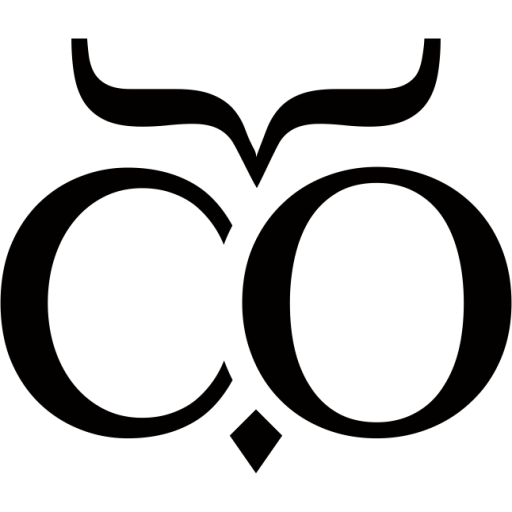
Ways to improve communication in health literacy revised
(AHRQ Health Literacy Universal Precautions Toolkit. March 2016)
Every healthcare unit needs to have succinct communication skills to effectively convey information to patients, their families and caregivers. We can say that health literacy is a two-way street where comprehension is as important as communication. Since the patient must communicate their problems transparently with the healthcare team, and also the clinicians must be skilled in and committed to providing proper guidance and support the patient needs to deal with the disease.
What Are The Barriers To Effective Communication In The Health Sector?
There are quite a few barriers to effective communication for both caregivers and patients, and within the healthcare system at large. These include time constraints, where the doctors do not have enough one-on-one time with a patient. Moreover, there are cultural and language barriers, redundant health beliefs that go against the doctor’s advice, lack of synergy between the doctor and the patient, and difference in personalities are some of the factors that negatively affect communication in healthcare.
Top 5 Ways to Improve Communication in Healthcare
1. Evaluate Current Communication Practices
Since healthcare units cannot afford unnecessary expenses in completely overhauling their communication system. What can be done is to collect feedback and then improve upon the current communications strategy. All in all, the first step of effective communication is to listen.
2. Encourage Mobile Collaborations
New-age mobile devices like tablets allow professionals to walk around and see patients with full access to all critical data. This is why almost three-quarters of hospitals in the nation follow a bring-your-own-devices policy. Ensuring easier team communication and workflow efficiency.
3. Invest In Latest Communication Technologies
The advent of the latest technology has revolutionised healthcare. Such as the use of the electronic health record system (EHR) consolidates all patient information and gives easy access to it. Moreover, there are HIPAA-compliant apps that allow messaging without risking cybersecurity threats that are rampant in email, text, or phone calls.
4. Make every healthcare employee a hero
When an employee is given a voice and their input is valued, their willingness to communicate naturally rises. However, when the needs of the healthcare workers are not heard, communication comes to a standstill. In such cases using a mobile employee app facility, helps to keep real-time, time-sensitive communication between healthcare workers and authorities thriving and alive.
5. Prioritise In-Person Communication
In-person meetings help in creating effective communication between healthcare professionals. Although, in this industry, compulsory meetings may not yield great results, considering how the staff is already overworked and pressed for time. However passing in-person conversations had throughout work can be made meaningful, by asking questions about the staff’s mental, personal and professional progress and wellbeing.
Tools to improve communication and awareness in healthcare
Sending regular mailers to customers and staff
The healthcare unit can hire in-house writers or easily outsource their content management to companies like Content Owl, who will collaborate with the healthcare unit to curate valuable information on healthcare and medicine, that is circulated among customers through mailers.
Distributing or pinning handouts in the facility or around it
Critical information — such as how to protect yourself during the pandemic, how to follow social distancing norms at the hospital, how can a caregiver take care of their well-being and health etc. — can be distributed at the healthcare centre and around it, through standees, handouts and flyers.
Monitoring a patient’s progress on a video call
Online monitoring is a great way for healthcare practitioners to keep tabs on high-risk patients with chronic conditions who require regular check-ups. Online sessions eliminate the need to visit the emergency department. Thereby cutting costs on re-hospitalisations and saving time on nursing visits.
Using social media to make public service announcements
Health care practitioners can make optimum use of social media by taking public polls on health care policy and general practice methods, creating awareness on behaviours that support good health, having engaging conversations on healthcare with patients, caregivers, students, and staff members.
Conclusion
Taking easy steps, at the correct time, consistently, will create a ripple effect throughout the healthcare industry. More so because healthcare workers usually work for multiple facilities at once, so once they learn new skills and tech at one hospital they will naturally apply them to another, for their convenience. Causing steady improvement in the communication system of the industry.


